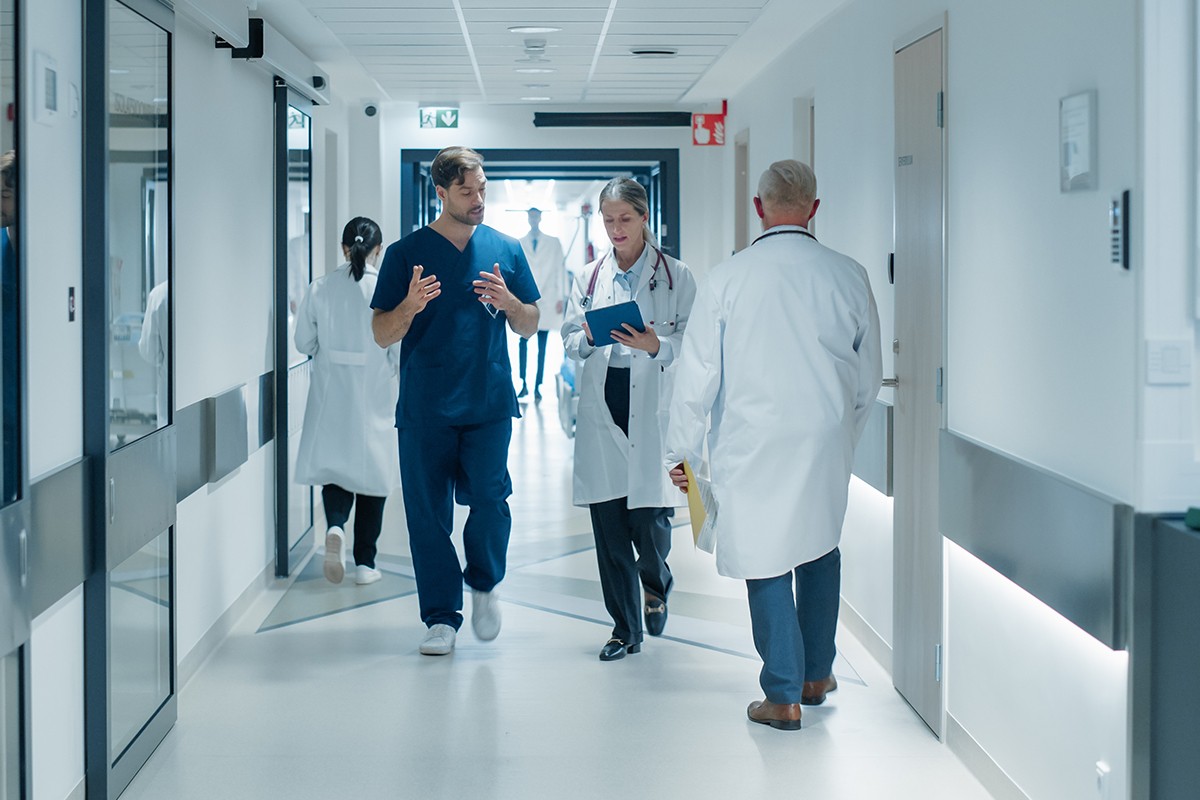Rethinking Healthcare Design for AMR Prevention

The newly launched Built Environment Infection Prevention Initiative (BEIPI) by the Healthcare Infection Society (HIS) highlights a critical point, the built environment is an often-overlooked front line in the fight against antimicrobial resistance (AMR). As this initiative brings together experts from NHS England, Arup, and Public Health Scotland to develop infection-resilient design standards, the message is clear, infection prevention must begin at the design stage, not after the build is complete.
For companies like Addmaster, whose Biomaster antimicrobial technology is integrated into countless healthcare surfaces and components worldwide, BEIPI represents a crucial opportunity to advance healthcare environments through intelligent material innovation.
Rethinking AMR as a Design Challenge
AMR is traditionally viewed through the lens of antibiotics and hospital hygiene practices. However, BEIPI reframes the discussion. Poor design, sub-optimal materials, and difficult-to-clean surfaces all contribute to pathogen persistence and transmission. Ventilation systems, drainage layouts, and even surface finishes can influence the spread of resistant microbes. By embedding infection-control principles into the earliest stages of design and material specification, healthcare estates can achieve long-term resilience.
A Timely Opportunity for Healthcare Construction
The NHS infrastructure pipeline represents over £35 billion in projected investment over the next 15 years. Integrating infection-prevention materials and surfaces at this stage will reduce costs, enhance safety, and future-proof facilities against emerging AMR threats. This means specifying antimicrobial coatings, polymers, and treated components from the start.
Addmaster’s portfolio of additive solutions offers precisely this type of built-in product protection. Continuous, long-lasting antimicrobial performance without altering the appearance or function of the material.
How Materials Make the Difference
When materials are designed to actively resist microbial growth, the benefits extend far beyond hygiene:
- Reduced cleaning burden – treated surfaces stay cleaner for longer.
- Improved material integrity – antimicrobial protection prevents degradation and staining.
- Lower total lifecycle costs – long-term durability and reduced infection-related downtime.
This approach reflects BEIPI’s holistic vision, integrate infection prevention into every layer of design from architecture and engineering to material science.
Integrating Antimicrobial Additives Early
For architects, designers, and estates teams, early specification is key. When reviewing materials for healthcare construction or refurbishment:
- Request performance data – validated antimicrobial efficacy (ISO 22196 / ISO 21702 testing).
- Prioritise built-in product protection – antimicrobial additives within the material, not topical coatings.
- Ensure durability – antimicrobial technology should last for the lifetime of the product.
- Balance sustainability and safety – materials that are long-lasting reduce waste and replacement frequency.
- Collaborate across disciplines – infection control, facilities management, and design must all contribute.
Strategic Implications for the Healthcare Sector
By adopting infection-resilient design as standard practice, healthcare organisations can:
- Reduce the incidence and cost of healthcare-associated infections (HCAIs).
- Support NHS sustainability and net-zero objectives through extended product life.
- Enhance compliance with BSI, BPR, and public procurement frameworks.
- Demonstrate leadership in responsible, data-driven design.
For manufacturers and suppliers, it represents a major market shift, AMR-prevention is moving from optional to essential.
Conclusion
The Built Environment Infection Prevention Initiative marks a turning point. Infection prevention is no longer just clinical, it’s structural, material, and strategic. As the healthcare sector redefines how it builds and maintains facilities, antimicrobial additive technologies like Biomaster will play a pivotal role in ensuring these environments remain cleaner for years to come.
The fight against AMR begins with what we build — and what we build it with.
References
Healthcare Infection Society. Built Environment Infection Prevention Initiative (BEIPI) Launch. 2025. https://buildingbetterhealthcare.com/new-initiative-launched-to-build-amr-infection-prevention
What Next?
🔗 Follow us on Social Media, here is our LINK TREE
✉️ See how our additive technology can benefit your business by CONTACTING US
🦠 Find out more about Biomaster Antimicrobial Technology HERE
🎥 Watch our video on how Biomaster works WATCH NOW
📰 Subscribe to our Newsletter - SUBSCRIBE
← Back to blog



